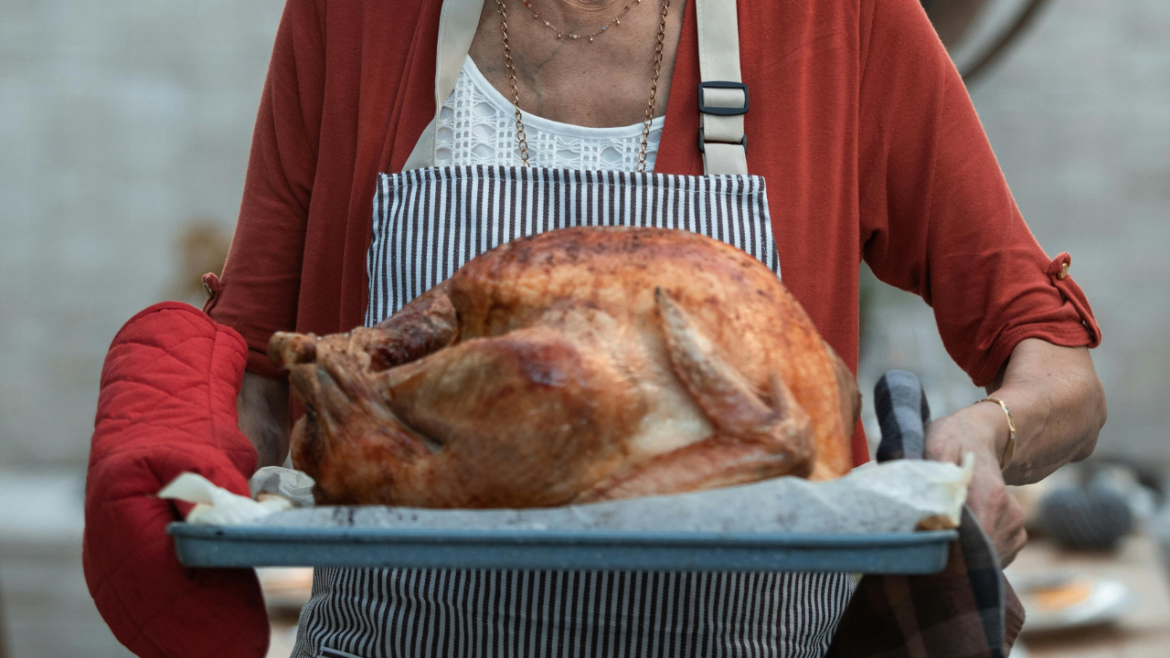How To Make Traditional Thanksgiving Sides Low Sodium?
Thanksgiving brings families together around dishes that feel familiar, comforting, and filled with tradition. For many seniors, these recipes carry decades of memories—meals prepared with love, shared with laughter, and served with pride. Yet for those managing heart disease, high blood pressure, kidney issues, or general sodium sensitivity, traditional Thanksgiving sides can feel like a hidden challenge.
Many classic recipes rely heavily on salt, canned broths, packaged mixes, or processed ingredients that quietly raise sodium levels far beyond what is safe. The good news is that low sodium does not mean low flavor. By making thoughtful adjustments, families can preserve the emotional warmth and rich flavors of Thanksgiving while protecting their health.
Understanding Why Lowering Sodium Matters For Seniors
High sodium intake can create difficult complications for seniors. Excess salt increases fluid retention, raises blood pressure, strains the heart, and can intensify swelling in the legs and feet. Many older adults already manage conditions that make sodium control essential. Thanksgiving should never come with fear or worry, especially not when the meal is meant to be joyful.
When families choose low-sodium versions of beloved dishes, seniors can enjoy the celebration without discomfort. Lower sodium sides also help everyone feel lighter after the meal, rather than bloated or sluggish. Reducing sodium becomes a gift—one that honors health, comfort, and connection. Understanding this helps families feel motivated to make changes that benefit the people they love most.
Reimagining Thanksgiving Flavors Without Relying On Salt
Traditional Thanksgiving dishes rely on deep, warm flavors. But those flavors do not come from salt alone. Fresh herbs, roasted vegetables, aromatic spices, and natural sweetness from ingredients like onions or squash create layers of taste that feel rich and satisfying. When families shift their focus from salt to natural flavor, the dishes become more vibrant and enjoyable.
Herbs such as rosemary, thyme, bay leaf, and sage bring depth to stuffing or roasted vegetables. Garlic, shallots, and lightly caramelized onions add sweetness and complexity. Citrus zest creates brightness. Pepper, paprika, nutmeg, and cinnamon add warmth and dimension. When these ingredients work together, the palate experiences fullness without relying on sodium. Seniors often find these flavors even more comforting because they feel natural and fresh rather than heavy.
Reducing sodium becomes less about restriction and more about creativity. It transforms the meal from something that must be changed into something that becomes rediscovered.
Making Stuffing Delicious Without The Salt
Stuffing often carries surprising amounts of sodium due to packaged mixes, canned broths, and salted butter. Yet stuffing can become low-sodium and incredibly flavorful with small adjustments. Using homemade broth allows full control of seasoning and eliminates excess sodium. Fresh vegetables like celery, onions, and mushrooms add moisture and flavor without salt. Toasted whole grain bread absorbs these savory elements beautifully.
Families are often surprised by how satisfying low-sodium stuffing tastes when fresh herbs take center stage. The aroma alone feels nostalgic, comforting, and deeply tied to tradition. Seniors especially appreciate when stuffing feels lighter yet still rich in flavor. A thoughtful balance of ingredients turns stuffing into a dish that protects health without losing its emotional essence.
Creating Creamy Mashed Potatoes With Less Sodium
Mashed potatoes are another holiday staple often made with salted butter, full-sodium broth, or heavily salted water. These ingredients can overwhelm the dish with unnecessary sodium. Making low-sodium mashed potatoes becomes easier when families use naturally creamy additions such as roasted garlic, olive oil, unsalted butter, or low-sodium milk alternatives.
Roasting garlic creates a soft, buttery texture that blends smoothly into potatoes and brings rich flavor. Herbs and pepper add depth while maintaining balance. By focusing on texture and aromatics instead of salt, mashed potatoes remain tender, comforting, and satisfying. Seniors often describe low-sodium mashed potatoes as gentler on the stomach and easier to enjoy.
Enhancing Vegetable Sides With Natural Flavor
Vegetable sides such as green beans, carrots, or squash often rely on canned soups or salted seasonings in traditional recipes. Replacing these with fresh ingredients can transform the dish while dramatically lowering sodium. Steamed or roasted vegetables develop natural sweetness that needs very little seasoning. Olive oil, citrus, herbs, and a hint of pepper create elegant, flavorful sides that feel wholesome and vibrant.
These sides also support healthy digestion and help balance the heavier parts of the Thanksgiving meal. Seniors especially benefit from dishes that nourish rather than overwhelm. When vegetables are prepared with care, their flavors become the highlight of the plate.
A Thanksgiving That Protects Both Health And Tradition
Low-sodium Thanksgiving sides do not replace tradition—they preserve it. They allow seniors to enjoy the celebration without worry, discomfort, or health setbacks. They bring families together through shared intention, creativity, and care. And they remind everyone that Thanksgiving is not defined by salt or packaged flavors. It is defined by warmth, gratitude, and the joy of serving a meal that honors both heritage and well-being.
By focusing on fresh ingredients, herbs, natural flavors, and thoughtful preparation, families can create Thanksgiving sides that feel both traditional and nourishing. The holiday becomes more vibrant, more meaningful, and far more supportive of long-term health. In this way, low-sodium cooking becomes an expression of love—one that makes the celebration safer, richer, and even more memorable for seniors and their families.

